GDP growth was up. The economy grew by 1.8% over the last year, which is higher than the 1.4% last quarter. But before you get too excited, 1.8% is still very low. The long run average is 3%.
The biggest contributing factor to the increase was household spending. Spending on non-essentials grew faster than spending on essentials as households freed the purse strings. This is likely a result of the Reserve Bank cutting interest rates three times this year (although the last interest rate cut in August was too late to impact these figures). It is also an argument for why the Reserve Bank should continue to cut interest rates. With economic growth still very weak, further interest rate cuts would support more household spending and more economic growth.
The second biggest contributor to growth was exports. This was driven by a bounce back in iron ore production after adverse weather conditions in the previous quarter. An increase in agriculture exports, particularly grain also helped, along with an increase in tourism.
The government sector didn’t add or subtract from growth this quarter, with a small increase in government spending being offset by a drop in government investment.
Private investment was weak.
The latest figures show that household spending is the main support for economic growth. Let’s hope that the Reserve Bank recognises this and continues to cut interest rates.

No comments yet
Be the first to comment on this post.